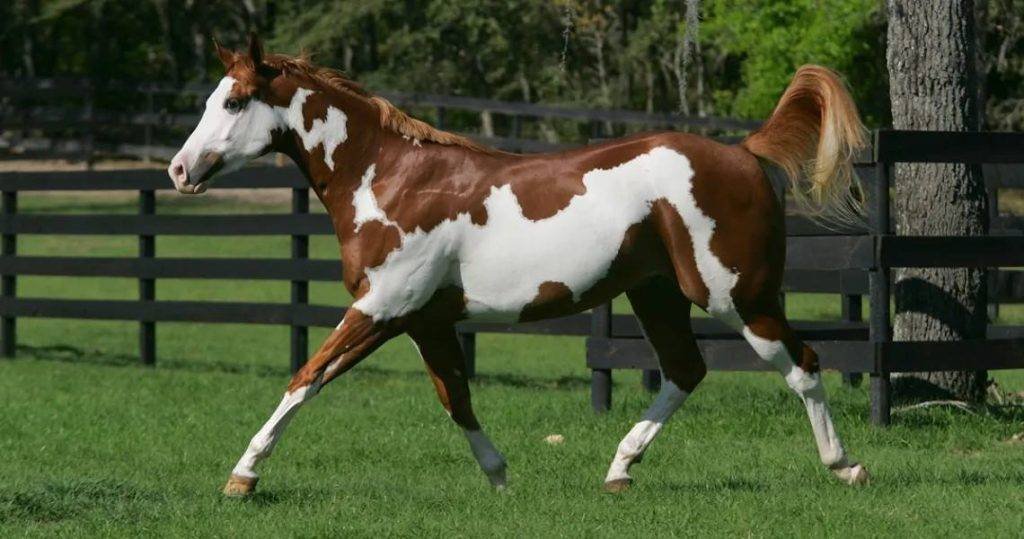The term “horsepower” is widely used to describe the power of engines, vehicles, and machines.
But did you know that the term itself originates from the power of a real horse? Many people are curious about how much horsepower a horse actually has, and this question often comes up when people learn about horsepower in relation to engines and vehicles. Let’s dive into what horsepower means, how it relates to a real horse, and what factors might affect the amount of horsepower a horse can generate.
The Origin of Horsepower
The term “horsepower” was first coined in the late 18th century by James Watt, a Scottish inventor and engineer who is best known for his work on improving the steam engine. Watt wanted to make it easier for people to understand the capabilities of steam engines, so he compared the power of a steam engine to that of a draft horse. At the time, horses were widely used for tasks like pulling carts, plowing fields, and powering mills.
Watt estimated that a horse could turn a mill wheel at a certain rate, pulling a specific load, and exerting a certain amount of force. Based on these calculations, he defined one horsepower (hp) as the ability to do 550 foot-pounds of work per second, which is the equivalent of lifting 550 pounds of weight one foot off the ground every second.
Watt’s goal was to convince people that steam engines could replace horses in industrial settings, and by using the term “horsepower,” he gave people a way to compare the power of engines to the strength of a horse.
How Much Horsepower Does a Real Horse Have?
A real, live horse is capable of producing about 1 horsepower (hp) when working at a steady, sustained pace. This measurement was based on the calculations Watt made about how much work a horse could do over time. However, the amount of horsepower a horse can generate varies depending on the breed, size, and physical condition of the animal.
A typical horse, in terms of continuous output, is said to be capable of generating about 1 horsepower. This is based on an average horse performing physical tasks over a period of time. For example, a healthy, working draft horse, like those used to pull carts or plows, can perform the equivalent of 1 horsepower in sustained activity.
It’s important to note that horses are not limited to only producing 1 horsepower in short bursts. In fact, a horse can exert much more power over short periods. A sprinting racehorse, for example, can exceed 1 horsepower when it’s galloping at full speed. When pulling heavy loads or doing intense physical tasks, a horse may also exceed the equivalent of 1 horsepower, depending on the circumstances.
How Does Horsepower Relate to a Horse’s Strength?
While the term “horsepower” refers to a horse’s ability to do work, it’s important to understand that a horse’s actual strength goes beyond this single number. A horse’s physical abilities depend on a variety of factors, including:
- Breed: Different breeds of horses are bred for different tasks. For example, draft horses like Clydesdales and Percherons are known for their strength and ability to pull heavy loads, while lighter breeds like thoroughbreds are bred for speed and agility. Draft horses might be able to produce more horsepower than a thoroughbred in certain circumstances.
- Size: Larger horses generally have greater muscle mass, which can contribute to their ability to exert more force. Heavier horses can pull heavier loads and perform more strenuous tasks compared to smaller horses.
- Conditioning: Like any athlete, a horse’s physical fitness plays a huge role in how much power it can exert. A well-conditioned horse, whether it’s used for racing, pulling, or working, will be able to generate more horsepower than one that is out of shape or poorly maintained.
- Duration of Work: While a horse can produce short bursts of high power (such as in racing), it can only sustain a constant amount of horsepower for a limited period of time. This is why, when comparing a horse to a machine, it’s important to understand the difference between sustained power and peak performance.
The Role of Horsepower in the Modern World
Today, the term horsepower is commonly used in the automotive and industrial worlds. It helps people understand how powerful an engine is, especially when comparing it to the work a horse could have done in the past. While most engines now far exceed the power of a single horse, the concept of horsepower remains as a way to measure and understand engine performance.
For example, cars today can have engines with hundreds of horsepower, far beyond the 1 horsepower a horse could generate. However, it’s important to keep in mind that an engine doesn’t require the same biological stamina or the ability to rest and recover like a horse does. A horse can only work for so long before it needs to rest, eat, and recover, whereas a machine can run continuously, albeit with limitations.
The measurement of horsepower also plays a big role in understanding the capabilities of other machines, such as lawnmowers, boats, and motorcycles, all of which use horsepower ratings to let consumers know how powerful the engine is.
While the amount of horsepower a horse generates might seem like a simple measurement, it’s a reflection of the hard work, strength, and endurance that horses have been providing for humans for centuries. The term “horsepower” is a tribute to these magnificent creatures and their incredible ability to carry out tasks that were once essential to human survival and progress.
Today, while the power of machines far surpasses the capabilities of a single horse, it’s fascinating to remember that the concept of horsepower is rooted in the strength of real horses. Whether it’s a draft horse pulling a plow or a thoroughbred racing down a track, horses continue to be symbols of power, endurance, and grace in the world of both history and modern technology.




